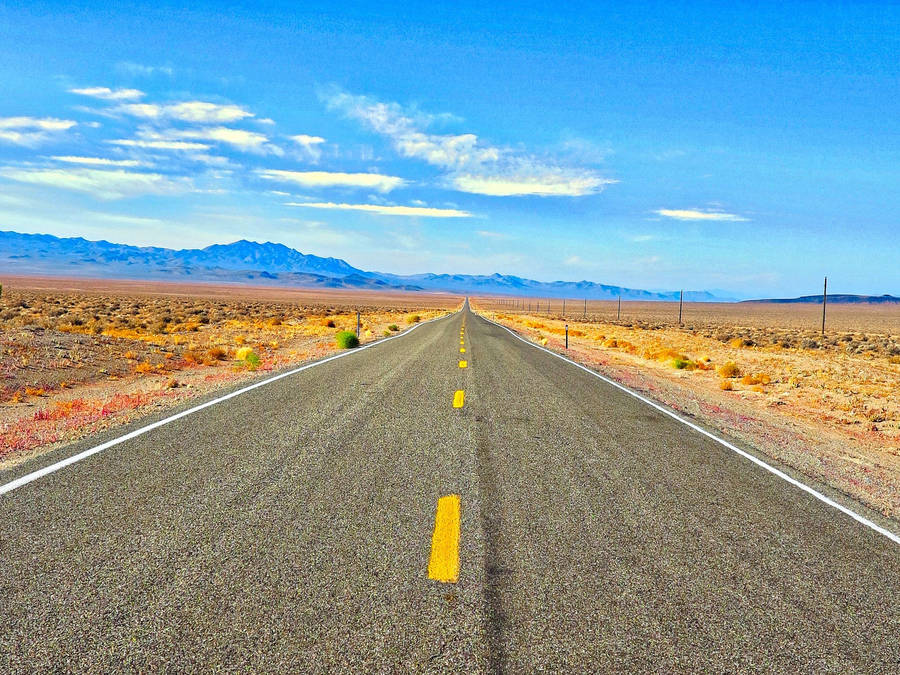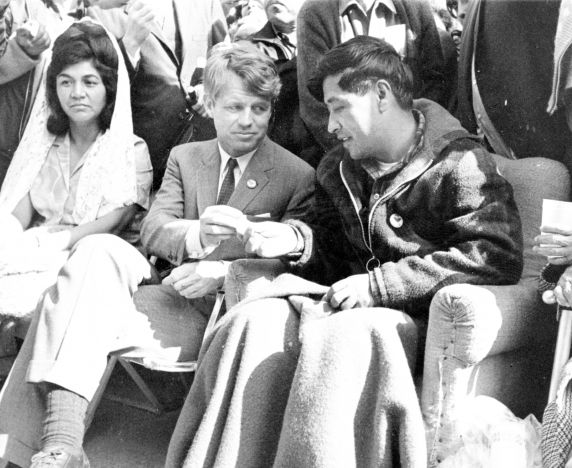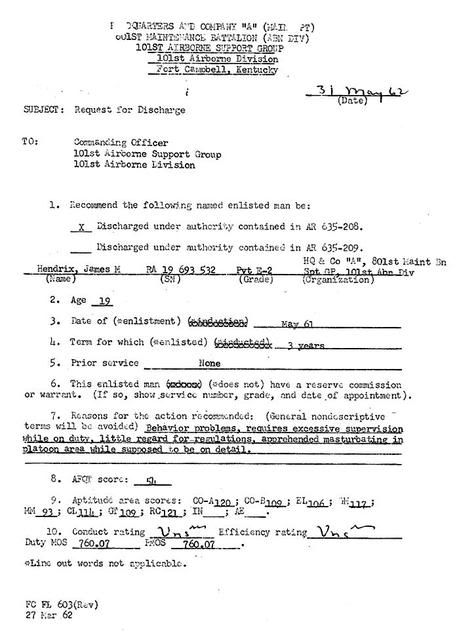The EPIC picture thread. (nsfw)
- Thread starter D-Rose
- Start date
A pile of bison skulls


These days as you RV through America, you will seldom see an American Bison, which most of us commonly call buffalo. Most people probably see these animals at Yellowstone National Park. But there were once millions of American Bison. What happened? Here is the answer according to Wikipedia, the free encyclopedia.
Bison were hunted almost to extinction in the 19th century and were reduced to a few hundred head by the mid-1880s, from which all the present day's managed herds are descended. One major cause was that hunters were paid by large railroad concerns to destroy entire herds, for several reasons:
*The herds formed the basis of the economies of local Plains tribes of Native Americans for whom the bison were a primary food source; without bison, the Native Americans would be forced to leave or starve.
* Herds of these large animals on tracks could damage locomotives when the trains failed to stop in time.
* Herds often took shelter in the artificial cuts formed by the grade of the track winding though hills and mountains in harsh winter conditions. As a result, the herds could delay a train for days.
THE PICTURE above, taken in the 1870s, shows a huge pile of bison skulls.
Bison skins were used for industrial machine belts, clothing such as robes, and rugs. There was a huge export trade to Europe of bison hides. Old West bison hunting was very often a big commercial enterprise, involving organized teams of one or two professional hunters, backed by a team of skinners, gun cleaners, cartridge reloaders, cooks, wranglers, blacksmiths, security guards, teamsters, and numerous horses and wagons. Men were even employed to recover and re-cast lead bullets taken from the carcasses. Many of these professional hunters such as Buffalo Bill Cody killed over a hundred animals at a single stand and many thousands in their career. One professional hunter killed over 20,000 by his own count. A good hide could bring $3.00 in Dodge City, Kansas, and a very good one (the heavy winter coat) could sell for $50.00 in an era when a laborer would be lucky to make a dollar a day.
Bison were hunted almost to extinction in the 19th century and were reduced to a few hundred head by the mid-1880s, from which all the present day's managed herds are descended. One major cause was that hunters were paid by large railroad concerns to destroy entire herds, for several reasons:
*The herds formed the basis of the economies of local Plains tribes of Native Americans for whom the bison were a primary food source; without bison, the Native Americans would be forced to leave or starve.
* Herds of these large animals on tracks could damage locomotives when the trains failed to stop in time.
* Herds often took shelter in the artificial cuts formed by the grade of the track winding though hills and mountains in harsh winter conditions. As a result, the herds could delay a train for days.
THE PICTURE above, taken in the 1870s, shows a huge pile of bison skulls.
Bison skins were used for industrial machine belts, clothing such as robes, and rugs. There was a huge export trade to Europe of bison hides. Old West bison hunting was very often a big commercial enterprise, involving organized teams of one or two professional hunters, backed by a team of skinners, gun cleaners, cartridge reloaders, cooks, wranglers, blacksmiths, security guards, teamsters, and numerous horses and wagons. Men were even employed to recover and re-cast lead bullets taken from the carcasses. Many of these professional hunters such as Buffalo Bill Cody killed over a hundred animals at a single stand and many thousands in their career. One professional hunter killed over 20,000 by his own count. A good hide could bring $3.00 in Dodge City, Kansas, and a very good one (the heavy winter coat) could sell for $50.00 in an era when a laborer would be lucky to make a dollar a day.
















